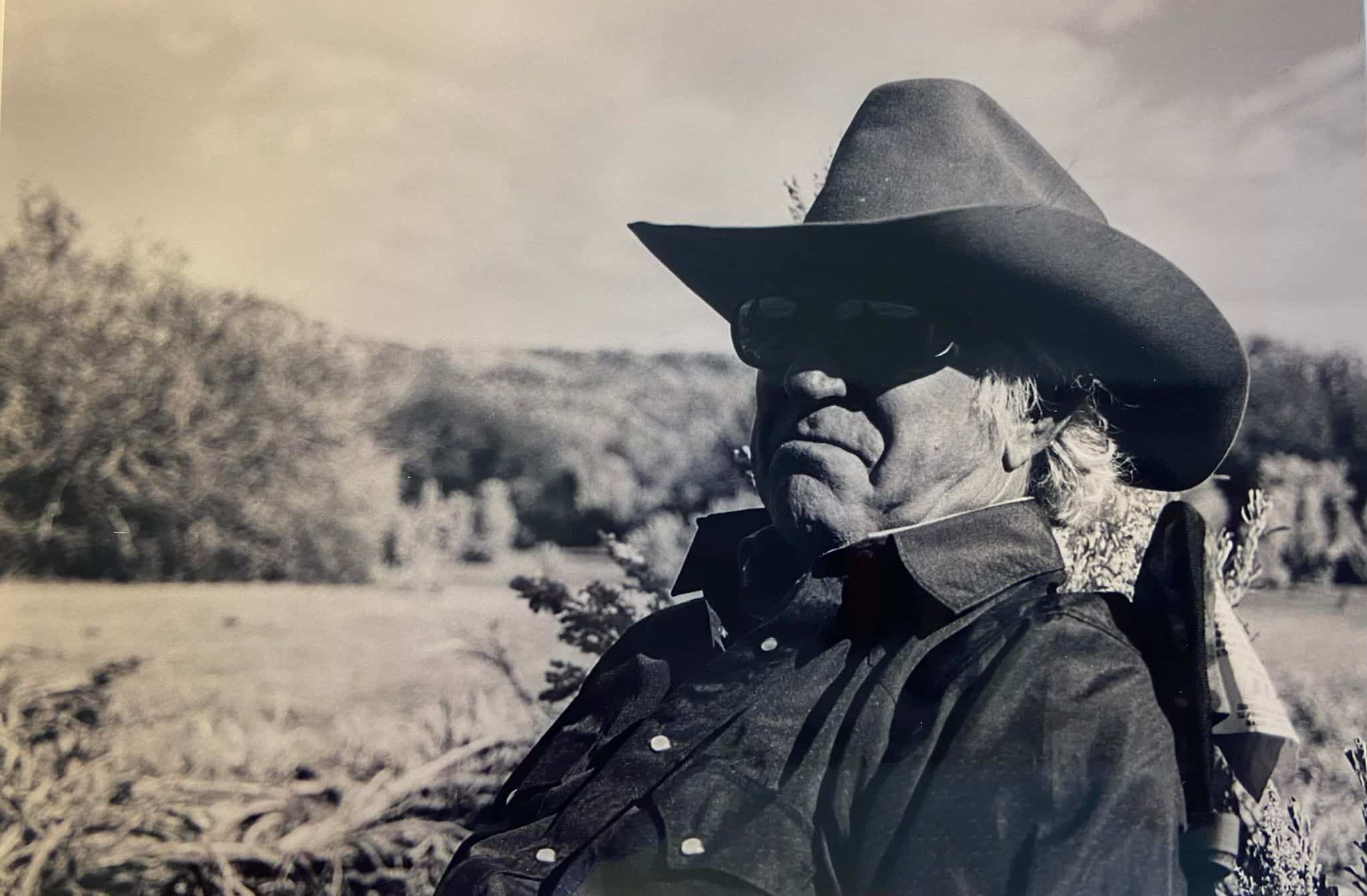Bits and Bitting (AAEP 2001)
"The way to ride a horse," Dwight Bennett, DVM, PhD, professor emeritus at Colorado State University, told his listeners in a session on Bits and Bitting, "is with the seat of your pants and your legs."
The session on bits was something of a departure from normal AAEP programs as it offered a practical approach in learning how to place the appropriate bit in a horse’s mouth and how to use the bit in a manner that stimulates response, but not injury. This session was sponsored by The Horse: Your Guide To Equine Health Care.
"Bits and bridles are for communication," Bennett told the sizable group that gathered to hear the three-person presentation. "They are not handles to stabilize the rider in the saddle or instruments for punishing the horse. Accomplished riders use their seat and legs before the bit to communicate their wishes to their mount. Indeed, the most important factor in having soft, sensitive hands on the reins is developing a good seat."
Bits and bridles, Bennett explained, exert pressure in a number of areas, including the bars, lips, tongue, hard palate, chin, nose, and poll. Of these, the most sensitive are the tongue and the hard palate
Create a free account with TheHorse.com to view this content.
TheHorse.com is home to thousands of free articles about horse health care. In order to access some of our exclusive free content, you must be signed into TheHorse.com.
Start your free account today!
Already have an account?
and continue reading.

Written by:
Les Sellnow
Related Articles
Stay on top of the most recent Horse Health news with















